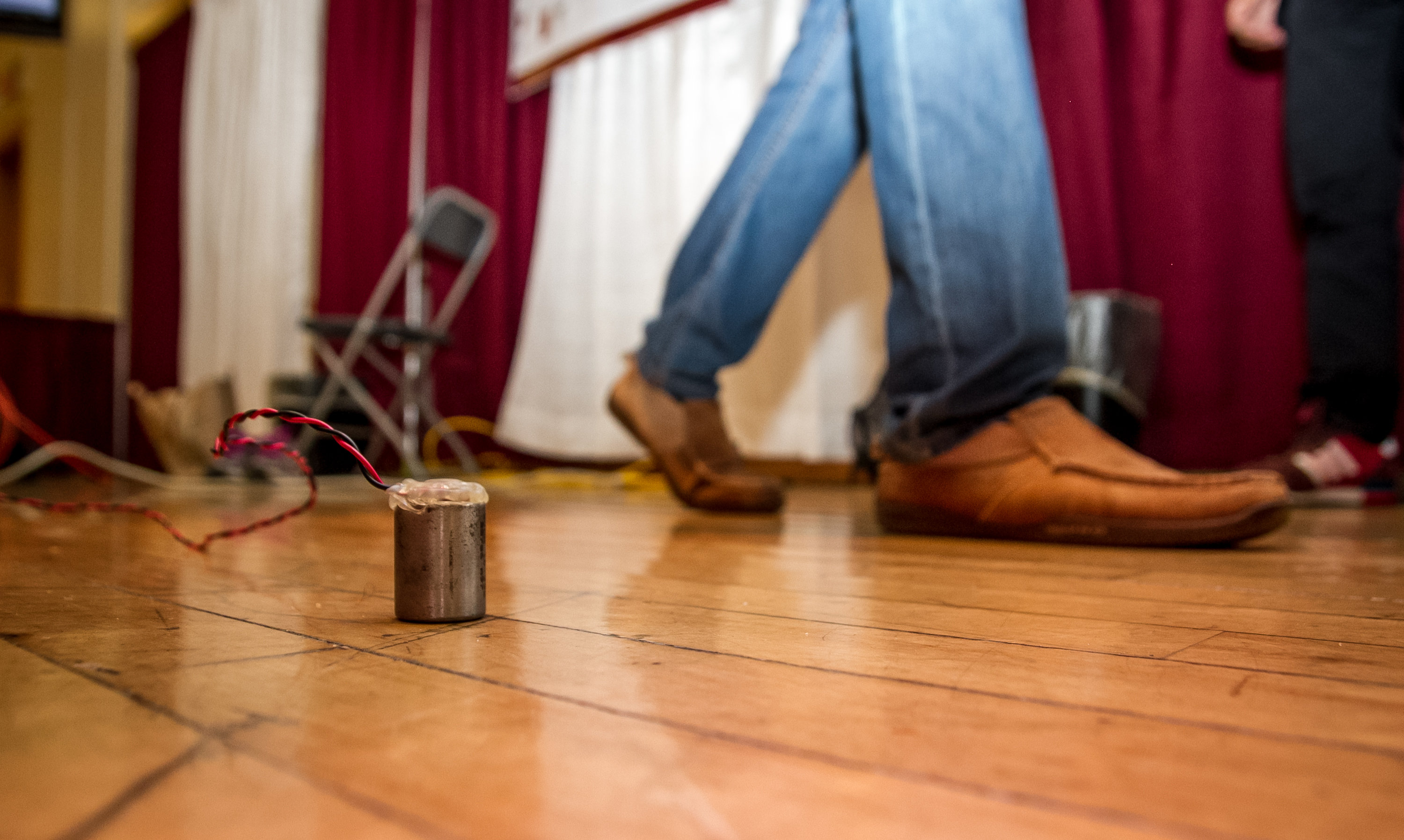News
-
CEE Students Yiwen Dong and Jingxiao Liu win Best Paper Award at 2020 ACM International Joint Conference on Pervasive and Ubiquitous Computing
The students of one of CEE's newest faculty members, Associate Professor Haeyoung Noh, won with a paper submitted to the UbiComp Nurse Care Activity Recognition Challenge
October 08, 2020
-
Mirshekari and Noh win 1st place for ASCE Engineering Mechanics Institute Paper
CEE Postdoc Mostafa Mirshekari and Associate Professor Hae Young Noh's paper won the 1st place for the best student paper competition by ASCE Engineering Mechanics Institute (EMI)
June 25, 2020
-
Mirshekari and Noh Receive Best Paper by ASME
Postdoctoral Scholar Mostafa Mirshekari and Associate Professor Hae Young Noh received the 2019 Best Journal Paper Award given by the ASME SHM/NDE Technical Committee
May 27, 2020
-
May 01, 2020
-
Footstep Sensors Identify People by Gait
Article in Scientific American
April 30, 2020

Hae Young Noh is an associate professor in the Department of Civil and Environmental Engineering. Her research introduced the new concept of “structures as sensors” to enable physical structures (e.g., buildings and vehicle frames) to be user- and environment-aware. In particular, these structures indirectly sense humans and surrounding environments through their structural responses (i.e., vibrations) by inferring the desired information (e.g., human behaviors, environmental conditions, heating and cooling system performance), instead of directly measuring the sensing targets with additional dedicated sensors (e.g., cameras, motion sensors). This concept brought a paradigm shift in how we view these structures and how the structures interact with us.
Traditionally, structures that we inhabit (such as buildings or vehicles) are considered as passive and unchanging objects that we need to monitor and control, utilizing a dense set of sensors to collect information. This has often been complicated by “noise” caused by the occupants and environments. For example, building vibrations induced by indoor and outdoor environmental and operational conditions (e.g., people walking around, traffic outside, heating system running, etc.), have been often seen as noise that needs to be removed in traditional building science and structural engineering; however, they are a rich source of information about structure, users, environment, and resources. Similarly, in vehicle engineering, researchers and engineers have been investigating control and dynamics to reduce vehicle vibration for safety and comfort. However, vibrations measured inside vehicles contain information about transportation infrastructure, vehicle itself, and driver.
Noh's work utilizes this “noise” to empower the structures with the ability to perceive and understand the information about users and surroundings using their own responses, and actively adopt and/or interact to enhance their sustainability and the occupants’ quality of life. Since she utilizes the structure itself as a sensing medium, information collection involves a simpler set of hardware that can be easily maintained throughout the structural lifetime. However, the analysis of data to separate the desired information becomes more challenging. This challenge is addressed through high-rate dynamic sensing and multi-source inferencing. Ultimately, her work aims to allow structural systems to become general sensing platforms that are easier and more practical to deploy and maintain in a long-term.
EDUCATION
Stanford University
PhD in Civil & Environmental Engineering, Structural Engineering and Geomechanics, 2011
MS in Electrical Engineering, Information Systems Laboratory, 2011
MS in Civil & Environmental Engineering, Structural Engineering and Geomechanics, 2008
Cornell University
BS in Mechanical & Aerospace Engineering, 2005


